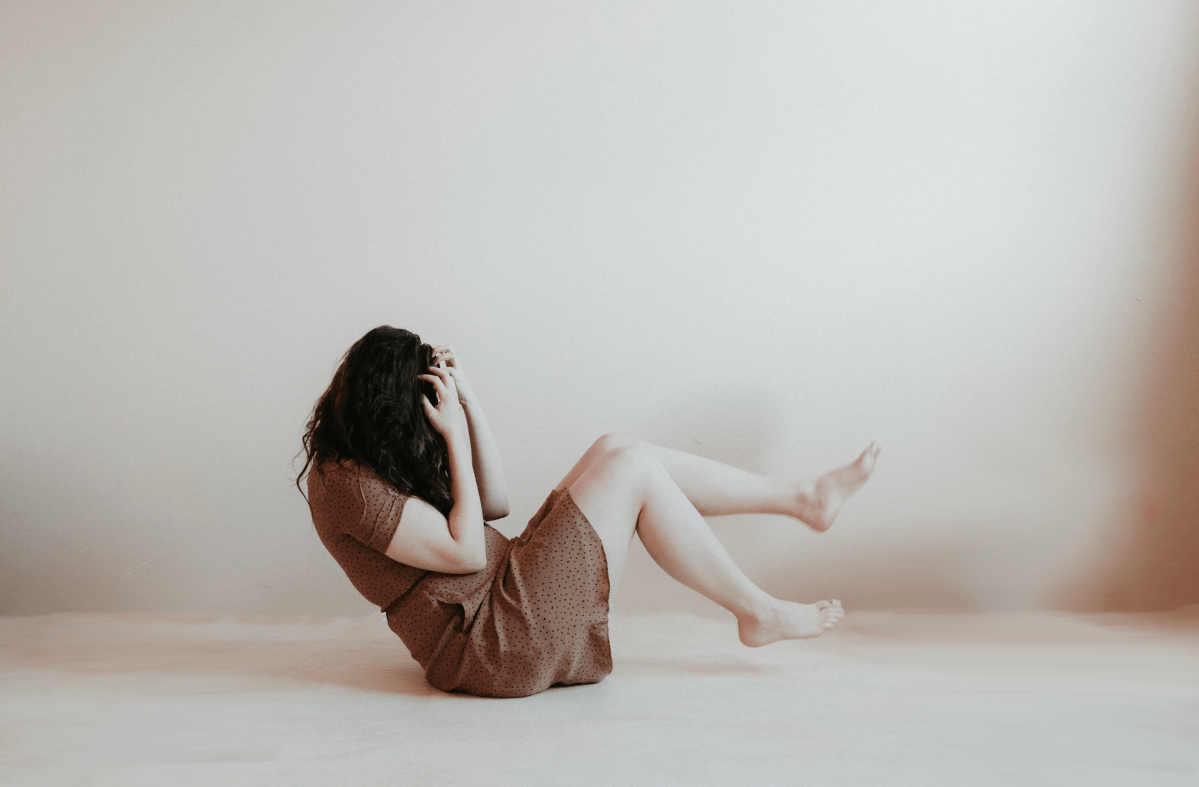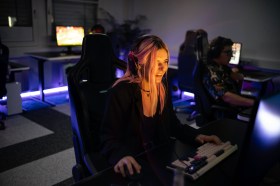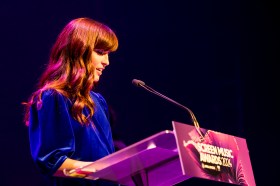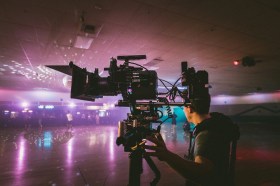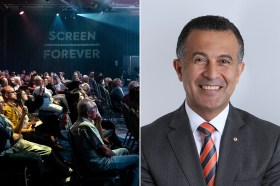‘Happy writes vanilla’, our teacher told my friend. ‘Happy writes vanilla.’
This was said in response to hearing that my friend, a writer, was ‘doing well’. For one of the first times in his young adult life, he was experiencing a taste of peace and contentment. And prior to this comment, he was overjoyed by the revelation.
No doubt this advice was well-intentioned. My friend – who we’ll call Rob – is a unique and gifted writer, and perhaps our teacher was concerned he’d become complacent and let his talents go to waste. Yet, the phrase almost immediately became a destructive mantra.
Read: How to build a portfolio of your creative work (and make it stand out)
Rob had spent most of his life oscillating between periods of deep depression and prodigious creativity, and this constant pendulum swing had taken its toll. Yes, he’d proven himself as a writer of note. He’d also contemplated taking his own life.
The tortured artist
The ‘tortured artist’ is an enduring trope. In fact, Aristotle is believed to have mused, ‘Why is it that all men who have become outstanding in philosophy, statesmanship, poetry or the arts are melancholic?’, and he died in 322 BC.
Essentially, it’s an image that posits colossal creativity inherently requires colossal suffering. Edvard Munch, the Norwegian painter famous for The Scream, said of his own experience: ‘Art comes from joy and pain… but mostly from pain’.
Read: How to make an amazing short film: top hacks from a festival director
People are quick to point to the lives of Amy Winehouse, Kurt Cobain, Janis Joplin, Vincent van Gogh, and Sylvia Plath as evidence to support the trope. Though undeniably tragic, these stories are compelling.
Yet, it’s irresponsible to ignore what propagating the image implies to those – like Rob – who aspire to such artistic achievement. The idea that suffering is the only path to the peak of creativity. That turning to unhealthy coping mechanisms is just what’s ‘done’. That those who don’t sacrifice themselves at the altar are lesser.
What’s wild is that the arts can serve as a powerful, almost medicinal tool, as evidenced by countless studies and art therapy’s growing popularity. But when pursued professionally, we seem intent on leaving the healing, nourishing aspects aside and leaping to the opposite end of the spectrum.
A wiser way
There are two elements to address as we start to move past the tortured artist. First, the belief that upholds the image. Second, the self-defeating practices common to those in our field.
The idea that one should come to work intentionally saddled with anxiety, depression and heartbreak is nonsensical when objectively considered. But personal experience, as well as that of my friends and peers (Rob included) has shown sense can quickly disappear in the face of our ambitions.
Read: How to survive networking (without screaming into the canapés)
Of course, there’ll be days when these feelings are present, and we’ll have to approach these occasions with compassionate discernment. Mental health days exist for a reason, so if one is needed, take it. On the other hand, it can be empowering to work through manageable levels of these emotions, often finding deeper reserves within ourselves that we never knew existed.
But conjuring these spirits on days we feel content and at peace isn’t doing anyone any favours and doesn’t help our creative prowess. As Dr Edward M. Phillips, assistant professor of physical medicine and rehabilitation at Harvard Medical School, has highlighted, concentration and engagement ‘are key’ to accessing the flow state or ‘zone’. Neither of which come easily if we insist on tormenting ourselves needlessly.
Read: How to start and maintain an inspiration board
There are also several unofficial ‘standards’ we can look to replace or curb. Admittedly, this is a much bigger conversation than can be had here, but bringing awareness to it is the critical first step.
In creative fields, working for less than we’re worth (or for free), working overtime, and working under suboptimal conditions is relatively prevalent. While new experiences, connections and broader professional development are all valid reasons to take on a gig, we should also consider the impact saying ‘yes’ will have on our mental and physical wellbeing.
Ultimately, this is a line in the sand we have to draw for ourselves, as there’s no definitive guide to when an opportunity becomes a sacrifice. But again, the act of simply recognising this added dimension is an empowering and significant step forward.
The tortured artist trope is rarely a helpful model in practice. In fact, it’s when we embrace the opposite end of the spectrum, the healthy artist, that we’re able to be of the greatest service and value.
